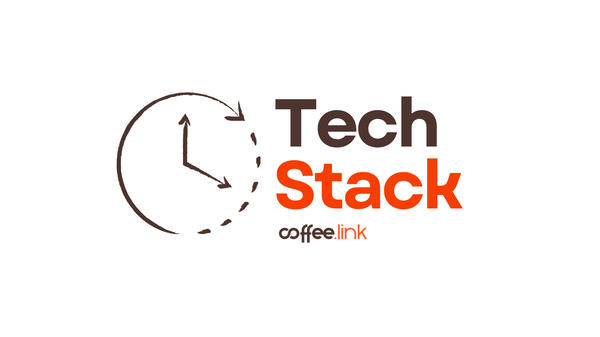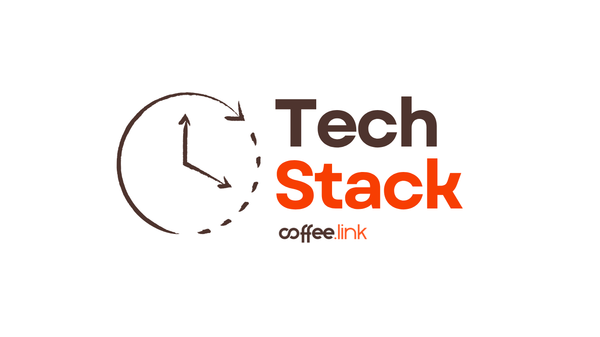What does a 40-year-old experiment have to do with the quantum computers that tech giants are racing to build today? The Royal Swedish Academy of Sciences thinks it has everything to do with it. On October 7, 2025, they awarded the Nobel Prize in Physics to John Clarke, Michel H. Devoret, and John M. Martinis for experiments conducted in 1984 and 1985 that proved something physicists thought impossible: quantum mechanics working in circuits you can hold in your hand.
The trio will share the 11 million Swedish kronor ($1.17 million) prize for "the discovery of macroscopic quantum mechanical tunnelling and energy quantisation in an electric circuit" — a mouthful, yes, but it translates to a simple, revolutionary idea: the complex and strange rules of the quantum world don't disappear when you scale up.
The Question No One Was Asking
Here's the thing about quantum mechanics. It's supposed to stay small. Atom-sized small, to be more precise.
In the quantum realm, particles do impossible things. They tunnel through barriers they shouldn't be able to cross. They exist in multiple states simultaneously. They only absorb or release energy in discrete chunks, like climbing stairs where you can't stand between steps. It's bizarre, counterintuitive, and mathematically proven.
But scale matters. Or so everyone thought. A single atom might tunnel through a barrier, but a tennis ball made of countless billions of atoms cannot. When large numbers of particles get involved, quantum effects wash out. The macroscopic world plays by classical rules. You can't quantum-tunnel through walls on your morning commute. So said these rules.
So why did three physicists think they could coax quantum behavior out of an electrical circuit containing billions upon billions of electrons?
What They Actually Did (And Why It Mattered)
Clarke, Devoret, and Martinis built an electronic circuit using superconductors. These are materials that, when cooled to temperatures colder than outer space, conduct electricity with zero resistance. Within this circuit, they placed what's called a Josephson junction, two superconductors separated by an extremely thin layer of insulating material.
The breakthrough came when the scientists realized that all those charged particles flowing through their circuit could be made to behave as a single quantum entity. Not billions of individual electrons following classical physics, but one macroscopic 'particle' that filled the entire circuit and obeyed quantum rules.
Clarke, taking questions at a news conference, said he was "completely stunned" to learn he had won the award. "We had not realized in any way that this might be the basis of a Nobel prize," Clarke said of their research in the 1980s at the University of California, Berkeley.
The circuit would start in a zero-voltage state, trapped there as if behind an impassable energy barrier. According to classical physics, it should stay trapped forever. But the researchers observed quantum tunneling on a macroscopic scale. The entire system suddenly escaped to a different state, appearing on the other side of the barrier with measurable voltage. "One of the underlying reasons that cellphones work is because of all this work," Clarke added.
They also demonstrated energy quantisation in their circuit. The system could only absorb or emit specific amounts of energy, not a random value. Quantum mechanics could now operate at a scale visible to the human eye.
The Long Road from Berkeley to Stockholm
The Nobel Committee doesn't hand out prizes for fresh discoveries. They wait, sometimes even for decades. This particular award took 40 years to reach the researchers. But the delay actually reveals something important about how science works.
In 1984 and 1985, when Clarke, Devoret, and Martinis were conducting their experiments at Berkeley, quantum computing was barely a concept. The idea that you could build machines using quantum mechanics to perform calculations beyond the reach of classical computers existed mainly in theoretical papers. The practical infrastructure — the actual hardware — didn't exist.
These experiments provided a foundation. The Josephson junction circuits they studied became the building blocks of superconducting quantum computers, the approach currently pursued by Google, IBM, and Rigetti Computing.
John Martinis himself went on to lead Google's quantum computing team, where in 2019 they achieved what they called "quantum supremacy", demonstrating that a quantum computer could solve a specific problem faster than any classical supercomputer could. That achievement traced directly back to the experiments in 1980s with macroscopic quantum tunneling.
Michel Devoret has spent decades at Yale University pioneering more stable quantum circuits, working to make quantum bits (qubits) less fragile and more practical. His work addresses one of quantum computing's biggest challenges, that of these systems' extreme sensitivity to environmental noise.
Quantum technology has finally delivered on its promise today. Superconducting quantum computers now exist in laboratories worldwide. Companies are racing to build quantum machines that can tackle problems in drug discovery, materials science, and cryptography. The theoretical foundation has become commercially relevant.
Olle Eriksson, chair of the Nobel Committee for Physics, said it was "wonderful to be able to celebrate the way that century-old quantum mechanics continually offers new surprises." He added,"It is also enormously useful, as quantum mechanics is the foundation of all digital technology".
We're also currently living through what some call the 'second quantum revolution.' The first revolution — in the early 20th century — gave us transistors, lasers, and semiconductors. This second revolution promises quantum computers, quantum sensors that can detect gravitational waves or early-stage diseases, and quantum cryptography that's theoretically unbreakable.
All of it traces back to a fundamental question of whether quantum effects could exist at scales we can see and touch? And the 2025 Nobel laureates proved that it can.
What Comes Next
The Nobel Prize narrative emphasizes peaceful applications and scientific progress. Quantum technology for medicine. Quantum computers for solving humanity's greatest challenges. The language of progress, benefit, advancement.
But technology doesn't arrive with predetermined uses. The same quantum sensors that detect diseases can detect military assets. The same quantum computers that design new drugs can break encryption. The laureates discovered fundamental physics. What governments and corporations choose to do with that knowledge is a separate, messier story.
And here's what the Nobel Prize announcement won't tell you: the race for quantum advantage is happening now, and the countries that win will reshape global power structures. Not because quantum mechanics is inherently dangerous, but because knowledge is power and advanced technology is concentrated power.
Whether we build those machines for healthcare or surveillance, for scientific discovery or military advantage, for the benefit of everyone or the enrichment of a few — these are questions that we have to answer ourselves. Peace must, with urgency, be part of how we deploy quantum technology. And for that to materialise, deliberate choices about access, governance, control over the tools of quantum mechanics need to be made.








